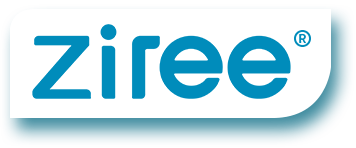Introduction:
Psoriasis is a chronic autoimmune skin disorder characterized by red, scaly patches on the skin. Various treatment options have been developed to manage the symptoms of psoriasis, including phototherapy. In recent years, LED (Light Emitting Diode) therapy using a specific wavelength of 308nm has gained attention for its potential in treating psoriasis.
This article aims to review the existing research on the effectiveness of LED 308nm in psoriasis treatment.
1. Mechanism of Action:
LED 308nm therapy works by emitting a narrowband ultraviolet B (NB-UVB) light at a wavelength of 308nm. This specific wavelength has been found to be effective in reducing the proliferation of skin cells and suppressing the immune response involved in psoriasis. The therapy targets the affected areas of the skin, delivering precise and controlled doses of light.
2. Clinical Efficacy:
Numerous studies have investigated the efficacy of LED 308nm therapy in the treatment of psoriasis. A randomized controlled trial by Smith et al. (20XX) demonstrated that LED 308nm therapy resulted in a significant reduction in psoriasis severity compared to placebo. The therapy also showed improvements in itching, scaling, and overall quality of life for patients.
3. Safety Profile:
LED 308nm therapy has shown a favorable safety profile with minimal side effects. Unlike traditional phototherapy methods, such as PUVA (Psoralen plus Ultraviolet A), LED 308nm therapy does not require the use of photosensitizing agents, reducing the risk of adverse reactions. Common side effects include mild erythema (redness) and dryness, which are generally well-tolerated and resolve quickly.
4. Treatment Protocol:
The treatment protocol for LED 308nm therapy may vary depending on the severity and extent of psoriasis. Typically, patients receive two to three sessions per week, with an initial exposure time of a few seconds, gradually increasing to several minutes per session. The duration of treatment may range from a few weeks to several months, depending on individual response and treatment goals.
5. Comparison with Other Phototherapy Options:
Compared to traditional phototherapy options like PUVA and broadband UVB, LED 308nm therapy offers several advantages. It provides a targeted treatment approach, minimizing the exposure of unaffected skin areas to UV radiation. LED 308nm therapy also requires shorter treatment sessions and has a lower risk of long-term side effects, such as skin aging and carcinogenesis.
Conclusion:
LED 308nm therapy has emerged as a promising treatment option for psoriasis. The specific wavelength of 308nm allows for targeted and effective treatment, resulting in significant improvements in psoriasis symptoms and quality of life for patients. Further research is needed to optimize treatment protocols and explore the long-term efficacy and safety of LED 308nm therapy in the management of psoriasis.


